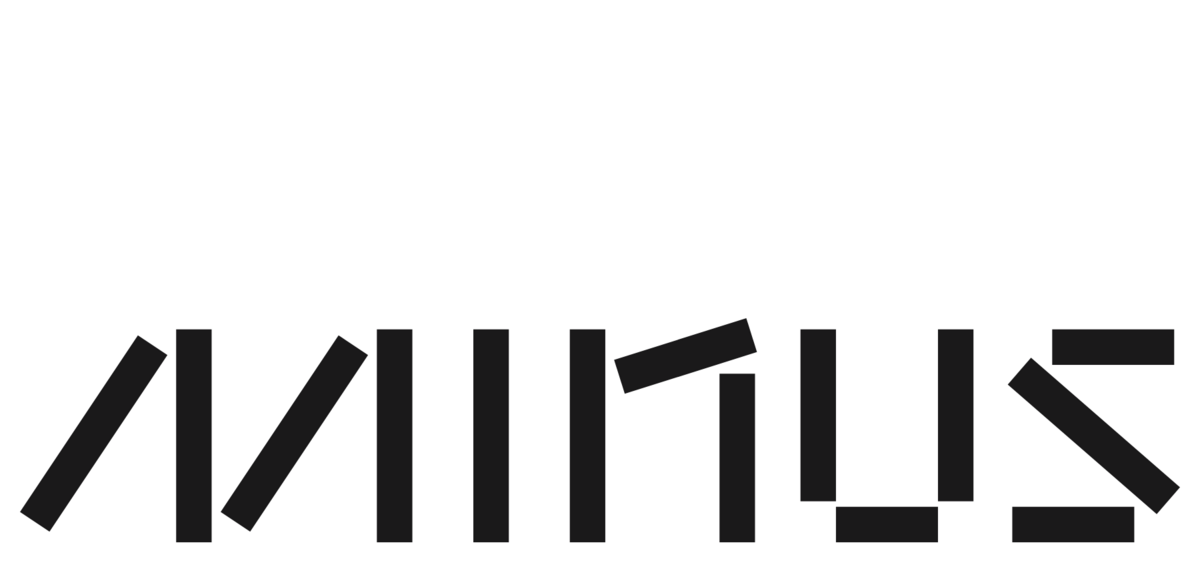What is the Minus Furniture Project?
All furniture is designed to bear the weight of a human, but none to bear humanity’s weight on nature. This is the mission behind the Minus Furniture Project. It’s about consuming furniture the minus way — giving nature the comfort that nature gives us. The project introduces a fresh perspective on furniture consumption, emphasizing sustainability and responsibility. It’s not just about making chairs and tables; it’s about rethinking how furniture fits into the bigger picture of environmental impact.
The Main Benefit: Subscription Model for Furniture
Why subscription? Because it solves a major issue: who should take responsibility for utilizing the material life span? A piece of wood can function for hundreds of years, and with the huge pressure on biodiversity, it’s crucial that it lives its full life span. Here’s what the subscription model brings to the table:
- Ensures furniture is used, reused, and never wasted
- Supports carbon storage and biodiversity preservation
- Promotes conscious use of limited forest resources
- Utilizes renewable energy in production and lifecycle
- Allows the company to take responsibility for the furniture’s entire life span
The Minus Family: Design Principles and Products
The Minus family is designed by Jenkins&Uhnger with three main principles in mind: regenerative, reusable, and comfortable. Starting with the Minus Chair, the collection now includes tables in three sizes, benches in two sizes, a stool, and even a cushion made from seaweed foam and wool. It’s about revolutionizing the furniture industry one piece at a time, blending sustainability with style and comfort.
The Minus Way: A New Environmental Standard
The Minus Way is more than just furniture; it’s a methodology leading to a new environmental standard on commodities. Applied to furniture, it invites consumers to be part of a value chain that, over a 100-year perspective, has the potential to store more carbon than it emits. It’s positive for biodiversity, natural resource balances, and even lifts human rights as a core value. This approach is about compact value chains, local adaptation, and renewable energy use — all carefully balanced to protect biodiversity and optimize material life span.
Compact Value Chains and Local Adaptation
At the heart of the Minus Way are compact value chains adapted to local conditions. This means utilizing local renewable energy resources, carefully harvesting with biodiversity as a guiding star, and upcycling residual biomass. The subscription model ensures someone always takes responsibility for optimizing the material’s life span potential. It’s a holistic approach that respects nature’s limits while delivering quality furniture that lasts.
Project Impact: Sustainable Development Goals (SDGs) Linked to Minus
- SDG 12: Responsible Consumption and Production
- SDG 13: Climate Action
- SDG 15: Life on Land
- SDG 7: Affordable and Clean Energy
- SDG 8: Decent Work and Economic Growth
- SDG 10: Reduced Inequalities
Looking Ahead: The Future of Furniture Consumption
The Minus Furniture Project has set a three-year timeline to realize all parts of its value chain. Today, it’s possible to buy or subscribe, but within three years, subscribing will be the way to go — because then the company can fully take responsibility for never letting a chair get trashed. Not all chairs are made equal, and with the Minus impact calculator, consumers can see how the carbon emissions of today’s chair compare to the Minus chair of tomorrow, once all steps of the value chain are realized in 2025. It’s a bold vision, proving that it’s possible to give by taking, and setting a new standard for environmental consciousness in furniture.





















